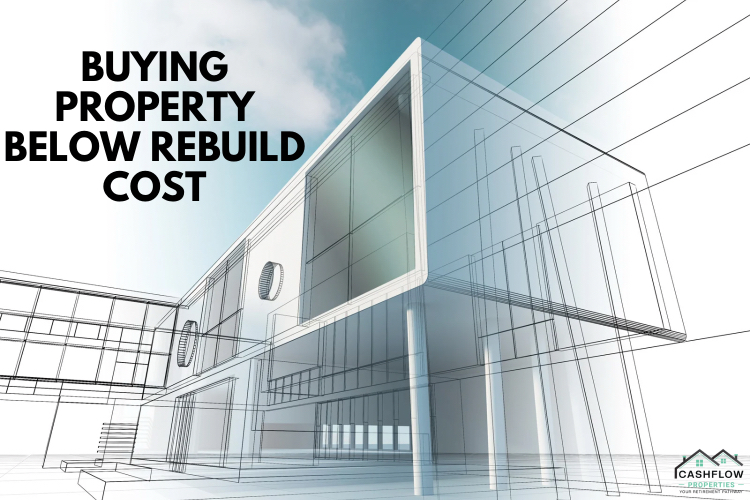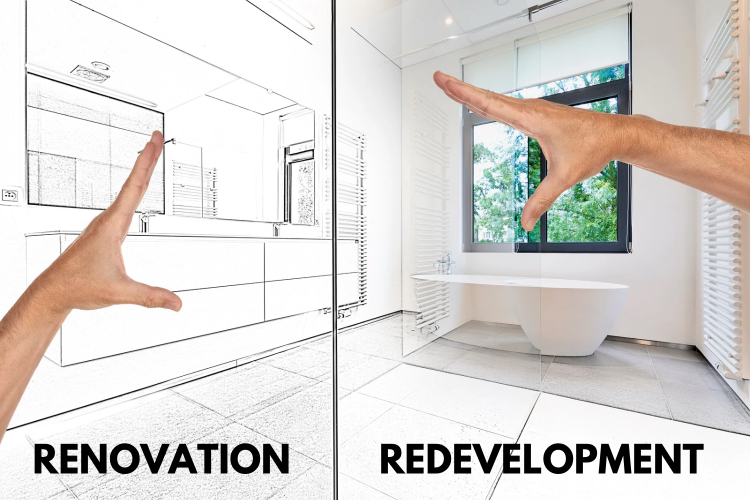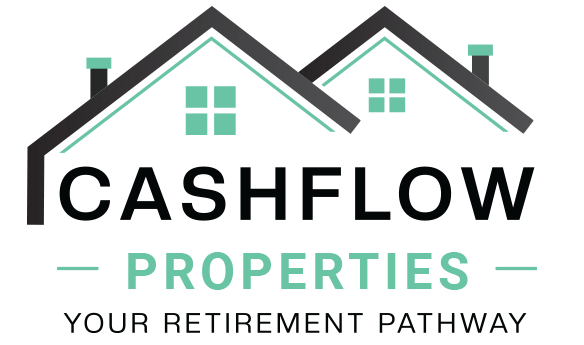
Australia’s property market is diverse and constantly evolving. While headlines often focus on auction clearance rates or price rises, one quieter strategy has been gaining traction among informed buyers: purchasing properties below their rebuild cost. This approach can create built-in value and provide a hedge against rising construction costs. In this blog we will unpack what “below rebuild cost” actually means, why it can be a wise move, and how to approach it safely.
Understanding the Term “Below Rebuild Cost”
Rebuild cost, sometimes called replacement cost, is the estimated amount it would take to construct a new building of similar size and quality on the same site if the existing structure were destroyed. It includes materials, labour, demolition, site works and professional fees but excludes the value of the land. Market value, by contrast, is simply what someone is willing to pay for the whole property. A home can easily have a market value far below or above its rebuild cost depending on demand, condition and location.
According to Rebuild Cost Assessment, an independent cost evaluation is often very different from the figure listed on an insurance calculator. This discrepancy is where opportunity can arise for buyers.
Why Rebuild Cost Matters More Than Ever
Construction costs in Australia have surged over the past few years. CoreLogic’s Cordell Construction Cost Index reported a 3.4 per cent increase in residential construction costs in the year to December 2024. Since the onset of the COVID-19 period, construction costs have risen by over 30 per cent nationally.
More recent data shows some moderation, but costs remain high. The March 2025 quarter saw a 0.4 per cent national increase, the lowest since 2010, yet prices for materials and skilled labour are still elevated. Brisbane in particular recorded some of the steepest increases in construction costs in 2025.
This environment means that the cost to build new is often higher than what older properties are selling for, creating opportunities to purchase below rebuild cost.
Why Buying Below Rebuild Cost Can Be a Wise Idea
● Built-in Safety Margin
Purchasing at a price lower than the rebuild cost gives an immediate margin of safety. If disaster strikes and the home is insured correctly, the payout for rebuilding could theoretically exceed the purchase price of the structure, leaving you with the land plus the value of a new build.
● Immediate Equity and Better Returns
You are effectively buying the structure for less than it would cost to build. This “paper equity” can translate into higher returns over time. Investors in commercial property have long sought assets trading below replacement cost because it anchors the investment to development economics rather than short-term market swings.
● Protection Against Future Cost Inflation
With building materials and labour costs continuing to rise, owning a property that you acquired below rebuild cost locks in a lower cost basis. If you later renovate or redevelop, you are starting from a stronger position.
● Flexibility for Renovation or Redevelopment
Many below-rebuild-cost properties are older homes on larger parcels of land. These lots can offer significant upside if you have plans for extension, subdivision or a knock-down rebuild. This conditionality can be very valuable in growth corridors or areas undergoing zoning changes.
The Risks to Consider
Of course, a low price does not always equal a good deal. Properties can be discounted because of hidden structural issues, contamination, or legal restrictions. Heritage overlays, bushfire risk or flood zones can dramatically affect what can be rebuilt and at what cost.
Insurance is another key area. Underinsurance is a widespread issue in Australia. Even if you pay less than rebuild cost, you need to ensure your insurance policy covers the full amount required to reconstruct, including professional fees and escalation.
Finally, markets move. In some cities, the gap between house prices and construction costs is narrowing. Perth house prices rose about 66 per cent since 2021 while construction costs increased 56 per cent. If property values rise faster than building costs your “discount” may disappear.
How to Approach This Strategy

● Get a Professional Rebuild Cost Assessment
Do not rely on online calculators alone. Engage a qualified valuer or quantity surveyor to estimate the true rebuild cost of the property.
● Carry Out Detailed Inspections
Commission full building, pest and structural reports to uncover hidden problems that might make the low price a liability rather than a bargain.
● Check Zoning and Overlays
Investigate planning rules, heritage status and environmental risks that may affect your ability to renovate or rebuild.
● Review Insurance Options Carefully
Speak with multiple insurers and ensure your policy reflects the correct replacement sum. Ask about “sum insured safeguards” and cost escalation clauses.
● Model Your Scenarios
Build conservative financial models. Assume construction costs rise by 5 to 7 per cent per year and include contingencies for delays and additional site works.
A Practical Example
Imagine a buyer finds a 1970s brick home in Brisbane for $700,000. A quantity surveyor estimates it would cost $850,000 to rebuild the dwelling to a similar specification today, excluding the land. The buyer commissions inspections to ensure the structure is sound, checks that the property is not in a flood zone and confirms insurance can be arranged for the full replacement amount. In this scenario the buyer has acquired the building at a discount of $150,000 to replacement cost, plus the value of the land. If construction costs rise another 5 per cent a year, that discount grows even without any market appreciation.
Final Thoughts
Buying property below rebuild cost is not a silver bullet but it can be a disciplined and potentially rewarding approach for Australian property buyers. It offers built-in equity, protection against rising construction costs and flexibility for future improvements. The key is rigorous due diligence. Verify rebuild cost estimates, understand insurance cover and be clear on your renovation or redevelopment options.
In a market where construction costs remain historically high and the price gap in some suburbs has widened, this strategy can help buyers secure long-term value. Approached prudently, it turns a statistic into a real opportunity.

